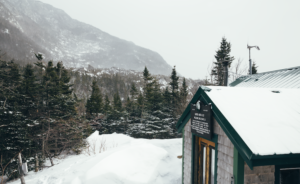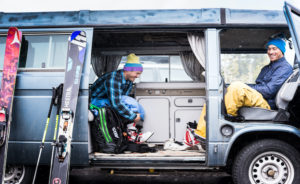
Finally towards spring there was the great glacier run, smooth and straight, forever straight if our legs could hold it, our ankles locked, we running so low, leaning into the speed, dropping forever and forever in the silent hiss of the crisp powder. It was better than any flying or anything else, and we built the ability to do it and to have it worth the long climbs carrying the heavy rucksacks.
—-Ernest Hemingway, “A Moveable Feast”
The other day, the travel writers of the New York Times had a bright idea: Take your spring skiing itches to Crete.
As someone whose ski dreams have no bounds, and no boundaries, I never thought about going to Crete. In fact, in a lifetime of skiing and reading, my two greatest pleasures, Crete has seldom intruded into my thoughts. It’s somewhere out there in the Mediterranean, right? Near Greece, or part of it, I’m almost sure. Something about the Minoans and the Mycenaeans, though I’m not quite sure what exactly, or in which order. A World War II battle, I am almost certain, with lots of casualties.



